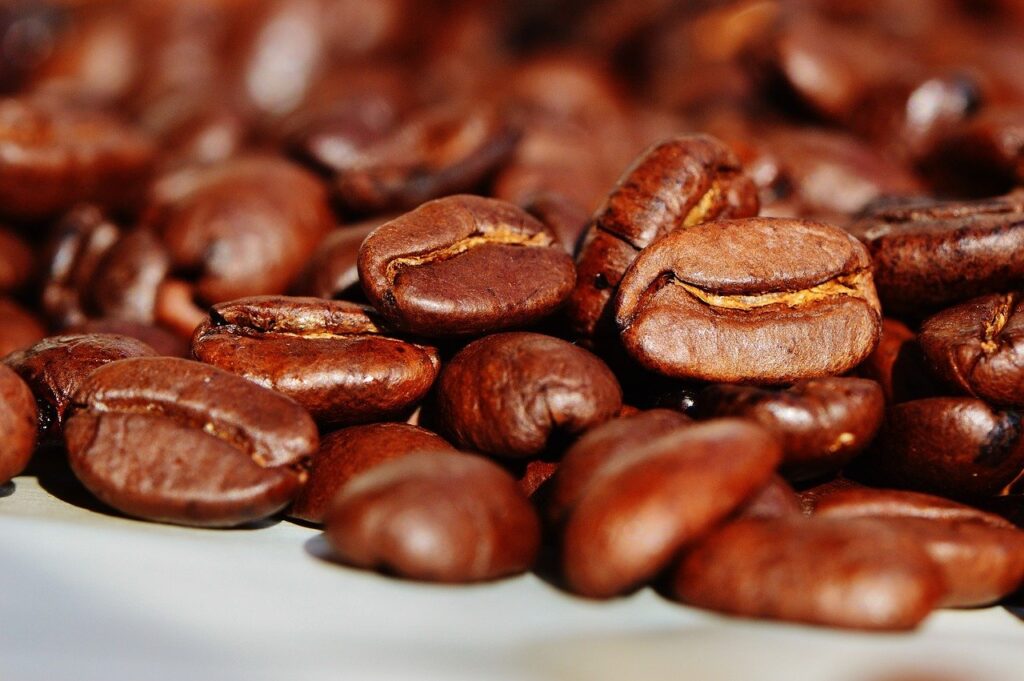How is Coffee Produced, Who’s Producing It & What Drives the Price of Coffee?
Ever wondered how coffee is produced and how it’s value is determined? We explain why coffee has become a key ‘trend’ commodity in the market, how it’s produced, and what factors influence coffee prices the most.
Alongside explaining how the two different types of coffee plants are grown, we explore the top coffee-producing countries.
What Makes Coffee Valuable?
Coffee is a soft commodity derived from a plant that grows mostly in subtropical and tropical climates. The beverage produced from the cherries on these plants is a primary source of caffeine in diets in both emerging and developed countries. Coffee is such an important dietary staple across the world that it has spawned a staggeringly large economy of its own. Coffee roasters, packers, growers, marketers and coffee equipment manufacturers depend on the commodity as do dairy producers and restaurant operators.
How is Coffee Produced?
Coffee plants grow in two varieties – Arabica and Robusta. The cherry that grows on the plant contains seeds – known as beans – that are roasted to make coffee. Arabica plants grow in subtropical and tropical climates in both lower and higher altitudes. The Difference Between High And Low Altitude Coffee Crops Lower altitude crops require well-defined rainy and dry seasons and altitudes of between 1,800 and 3,600 feet. Such conditions produce distinct growing and maturation seasons.
Mexico, Jamaica, some areas of Brazil, and Zimbabwe are countries with these types of conditions. Higher altitude crops grow near the equator at altitudes of 3,600 to 6,300 feet. Coffee plants here require frequent rainfall and produce two harvesting seasons. Kenya, Colombia, and Ethiopia are countries with these climate and geographical conditions.
Where Do Robusta Coffee Plants Grow?
Robusta plants generally grow at much lower altitudes than Arabica crops. Coffee producers plant Robusta in regions 10 degrees north or south of the equator at altitudes ranging from sea level to 3,000 feet. Robusta plants can tolerate warmer weather than Arabica plants. Global production of coffee was measured in jute bags which hold up to 60 kg of coffee. Coffee exporters now use one-ton polypropylene super-sacks instead of jute bags.
Which Countries Produce The Most Coffee?
The total global production of coffee by exporting countries exceeds 150 million jute bags annually. Arabica beans generally comprise more than 60% of the total production.

Over 50 countries produce coffee, but the overwhelming majority of the crop grows in just ten countries:
| Rank | Flag | Country | Metric Tons per Year |
|---|---|---|---|
| #1 |  |
Brazil | 2,595,000 |
| #2 |  |
Vietnam | 1,650,000 |
| #3 |  |
Colombia | 810,000 |
| #4 |  |
Indonesia | 660,000 |
| #5 |  |
Ethiopia | 384,000 |
| #6 |  |
Honduras | 348,000 |
| #7 |  |
India | 348,000 |
| #8 |  |
Uganda | 288,000 |
| #9 |  |
Mexico | 234,000 |
| #10 |  |
Guatemala | 204,000 |
Click here to Continue reading this article
Source: Commodity.com


